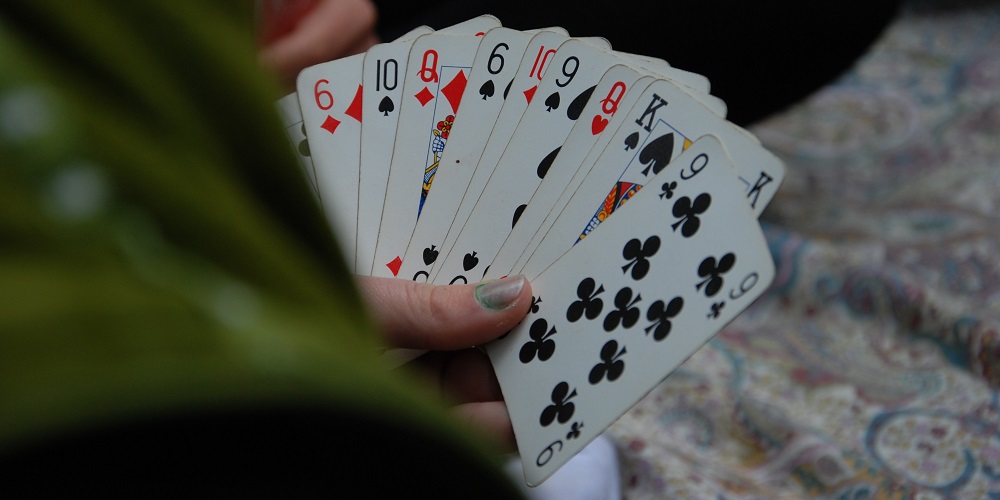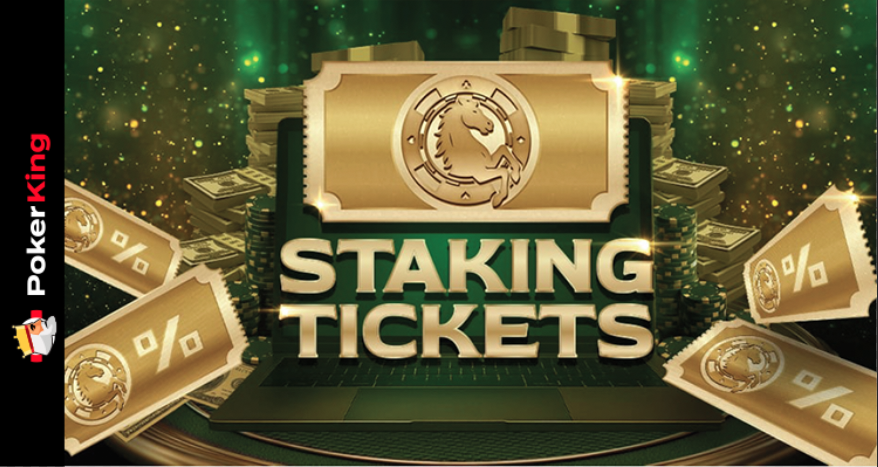

The Art of Predicting Your Rivals' Cards

The Art of Predicting Your Rivals' Cards
Understanding Hand Ranges
Observation and Betting Patterns
Physical and Verbal Tells
Key Questions for Hand Reading
- What hands can my opponent have based on his position and preflop action?
- How do community cards affect my opponent's perceived range?
- How have my opponent's betting actions changed throughout the hand?
- What does it say physically or verbally can I identify and what does it suggest about his hand?
Practice and Experience
Conclusion
You may also like

Poker odds part I: definition, types and basics for beginners
Although we have already dedicated an article to talk about odds and outs in poker, named Poker mathematics: outs and odds explained being such an important element in a poker game, we are going t...

Pennsylvania Expands Online Poker Horizons by Joining MSIGA
Pennsylvania Expands Online Poker Horizons by Joining MSIGAIn late 2024, Pennsylvania made a historic move in online poker by accepting the invitation to join the Multi-State Internet Gaming Agreem...

Complete Beginner's Guide to Poker: Strategies and Tips
Complete Beginner's Guide to Poker: Strategies and TipsIf you are new to this exciting card game and want to learn the basic rules of poker, starting strategies, and useful tips, you've come to the...













